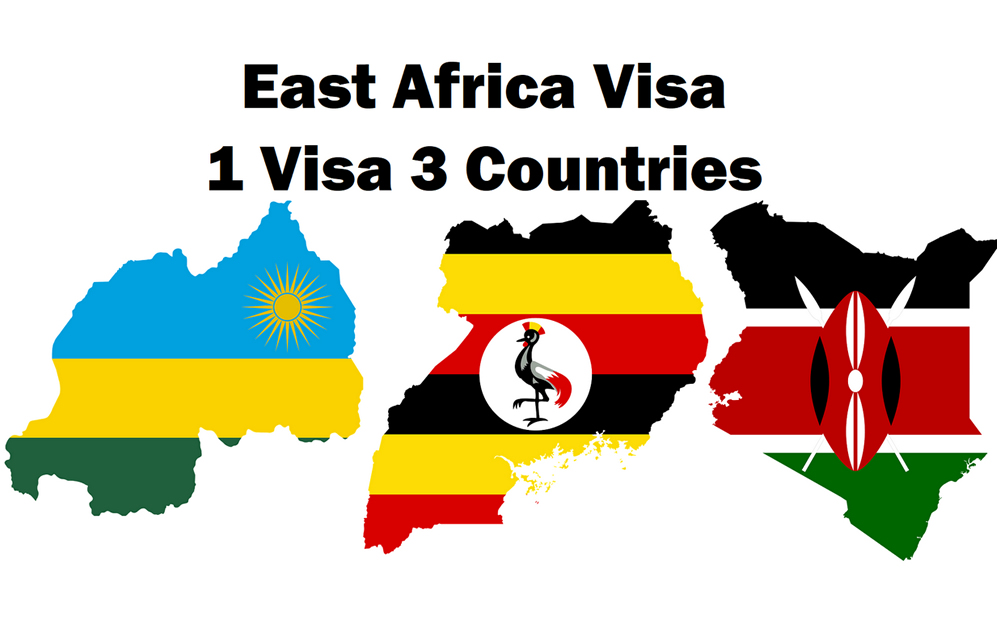East Africa, a region recognized as a successful global location for mobile payments and a thriving online space, is embracing technology advancement as part of its growth plan for diverse sectors. The newly recently launched East Africa Single Visa is intended to scale up tourist arrivals in EAC member states; Kenya, Uganda, and Rwanda. This multinational-travel certificate which costs $90 will grant tourists a 90-day validity period with no room for extension.
Although termed as ‘long-haul destination’, one cannot stop wondering why, with massive cultural and natural resources, Africa continues to lag behind in recorded tourist visits. According to a report by the World Travel and Tourism Council, of the one Billion tourists who travelled in 2012, only 50 million were destined for Africa, where East Africa only managed to scoop 5 million (1 percent) of the bound-for-Africa travelers. “We need to re-package ourselves” quipped Waturi Matu-Coordinator for East African Tourism Platform in an interview with Jovago.com, a leading online hotel booking platform in Africa. Ms. Matu explains that this revamping process would start with the leadership, down to stakeholders and the African Media, “Africa has suffered blanket misconceptions for a long time. We are yet to carry ourselves from the gripping grief of the term ‘dark continent’. Africa needs to tell her own story, and let the world know that beyond the crisis (that exist in every other nation) there exists vast stretches of unique culture, wildlife, flora and fauna, business opportunities and untapped resources.”
Having spearheaded the campaigns that saw three of EAC member states sign the Single Tourist Visa during the 2013 World Travel Market, Waturi notes that opening borders and removing entry point hurdles is a first step in catapulting both international and intra-regional tourism. Although Tanzania had earlier objected to the Agreement citing security reasons, they have since expressed interest which will result in either of these two scenarios as explained by Waturi: They request to be included in the current Northern Corridor arrangement (The cost and formula for revenue sharing would have to be revised to reflect the new entrant) and the interest is brought to the attention of the EAC Secretariat where all EAC countries meet and agree on an implementation framework, determine cost and formula for revenue sharing and sign agreement. Option B would be most appropriate and a true reflection of regional integration. Burundi, she says will be joining at a later date, “we must not rush member states as each country is at different levels, both in infrastructure and technology.”
Apart from opening the borders for regional tourism, the agreement also allows immigration authorities to recognize National Identification Documents as passports for the EA Community, which fairly levels the playground for both tourists and tour operators
